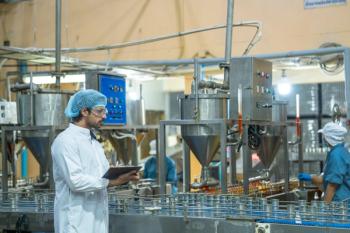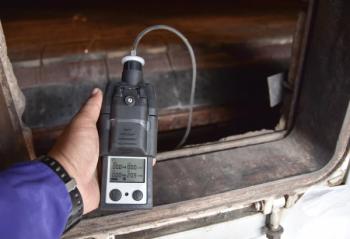
Bone Quality Test Taps Toenail Clippings
A professor of biomedical materials engineering science at the Inamori School of Engineering at Alfred University (Alfred, NY), has done research showing that the risk of bone loss associated with osteoporosis can be predicted using a patient?s toenail clipping and Raman spectroscopy.
Mark Towler, a professor of biomedical materials engineering science at the Inamori School of Engineering at Alfred University (Alfred, NY), has done research showing that the risk of bone loss associated with osteoporosis can be predicted using a patient’s toenail clipping. Towler’s test, the Bone Quality Test (BQT) uses Raman spectroscopy done at the point-of-care.
The BQT involves aiming a 785 nm laser beam with power up to 400 mW at a toenail clipping from a subject. The information recorded from the laser beam evaluates the presence of certain proteins in the nail clipping, measuring the quality of the protein phase of the subject’s bones.
Towler noticed that osteoporosis patients saw improved strength and appearance in their nails after taking medication for osteoporosis. Raman spectroscopy analyses showed differences in the protein structures between the nails of healthy patients and those with osteoporosis.
Crescent Diagnostics (Dublin, Ireland), which Towler co-founded in 2004, hopes to launch the BQT test within a year in Europe and expand into the U.S. market in the next 18 months, pending U.S. FDA approval.
Newsletter
Get essential updates on the latest spectroscopy technologies, regulatory standards, and best practices—subscribe today to Spectroscopy.





